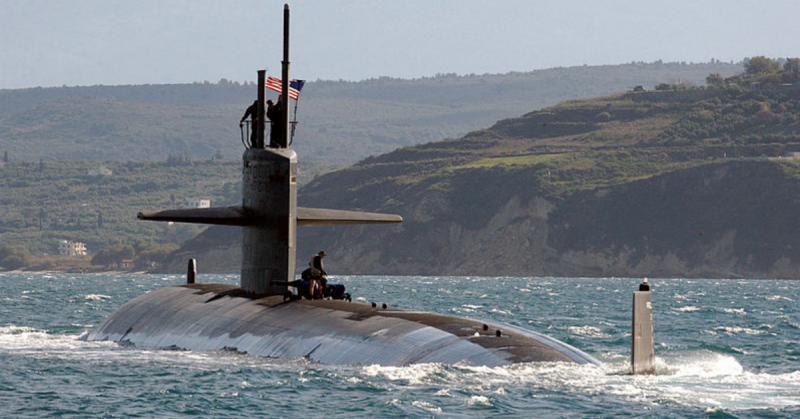The USS Scorpion was a Skipjack-class nuclear submarine first commissioned in December 1959. Nine years later, while on a routine patrol south of the Azores, she disappeared.
Scorpion went silent on May 21, 1968 and was reported as late arriving back at base in Norfolk, Virginia by the media on May 27. The Navy publicly confirmed that the vessel was “presumed lost” on June 6 and released details of the search of the last known route. No wreckage was found during this search, which led the Navy to believe that the Scorpion had been lost in deeper water. On June 30 she was struck from the Naval Vessel Register.
At its peak the search involved some fifty-five of the US Navy’s ships and twenty-three aircraft, making it at the time the most extensive ocean search ever carried out.
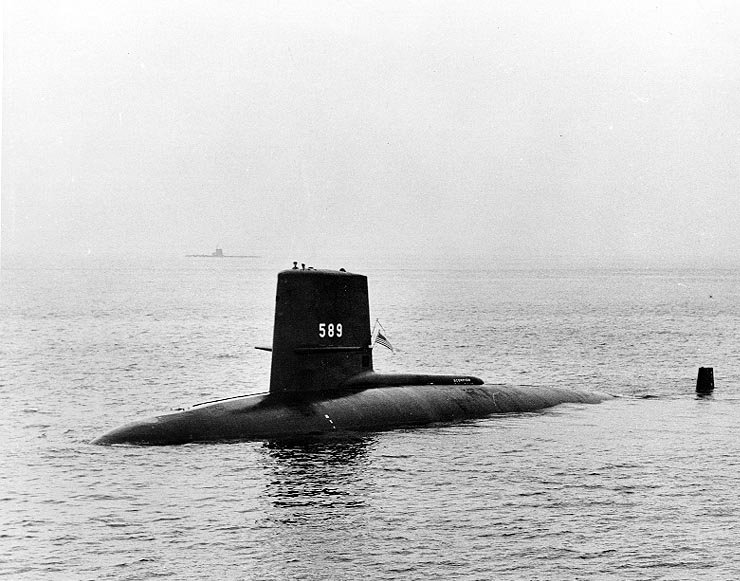
She was discovered months later, at the end of October, by the Navy’s oceanographic research ship USNS Mizar. Scorpion‘s final resting place was 1.86 miles below the surface, 466 miles southwest of the Azores. Her hull had split in two and collapsed as it sank below crush depth.
In 1968 the submarine’s wreck was recorded by a camera on a sled, pulled along the sea floor by Mizar. Following its discovery, other submersibles were dispatched to collect information and a court of inquiry was set up by the Navy on January 31, 1969.
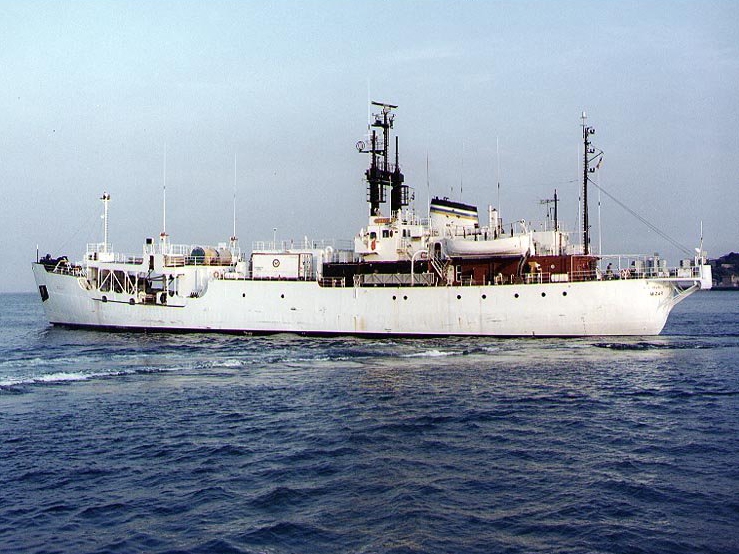
While ruling out sabotage, the report stated that “the certain cause of the loss of the Scorpion cannot be ascertained from the evidence now available.” In December 1984, documents relating to the inquiry suggested that “the likely cause of the disaster was the detonation of a torpedo while the Scorpion’s own crew attempted to disarm it.”
The Navy declassified many of the documents in 1993, which led to this headline in The Virginian Pilot: “New Evidence Suggests Soviets May Have Sunk the Sub.”
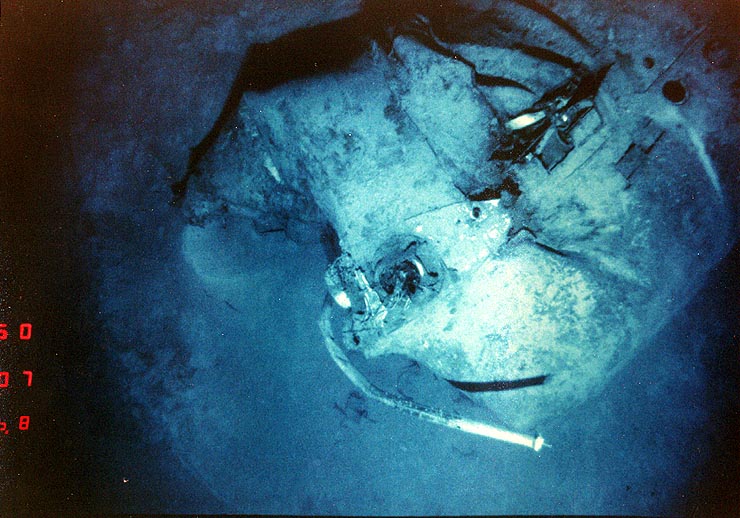
Several books have been written on the subject. In 1999 the book Blind Man’s Bluff put forward the theory that it was torpedo failure that caused the disaster. In 2005 Red Star Rogue was published, in which author Kenneth Sewell, a former submariner, asserted that Scorpion had been targeted by the Soviets in retaliation for the US Navy’s sinking of a Soviet submarine off Pearl Harbor on March 7, 1968.
The book was written in collaboration with journalist Clint Richmond. Sewell later released All Hands Down with another journalist, Jerome Preisler, which expanded upon the alleged involvement of spy rings and Soviet Cold War aggression.
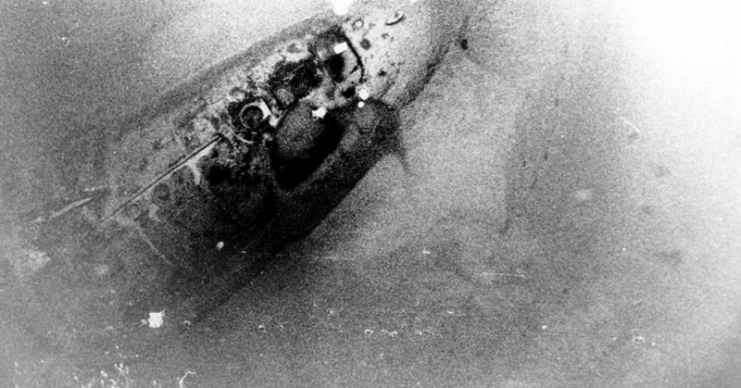
Ed Offley, in his 2008 book Scorpion Down, supported the theory that a Soviet torpedo sank Scorpion and believed that the US Navy was involved in a huge coverup to keep the situation from escalating. He alleges that the Soviets were furious at the amount of physical surveillance their fleet’s maneuvers were under from US submarines.
While the theories surrounding covert actions on both the US and Soviet sides have their adherents, the rather more prosaic science of hydrogen was the most likely cause of the disaster, according to Rear Admiral (ret.) Dave Oliver.
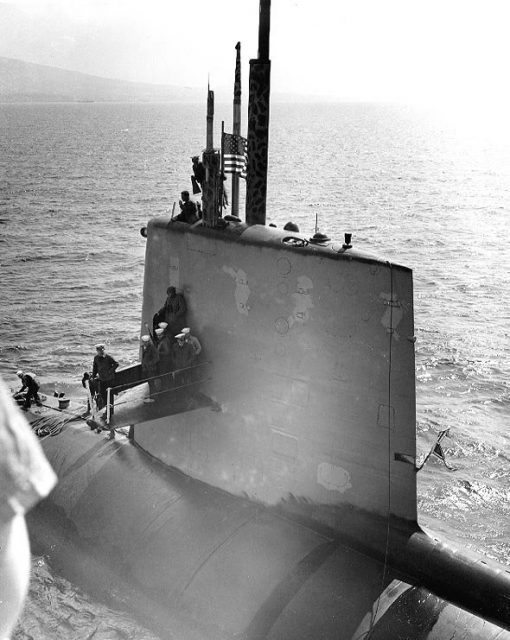
In his 2014 book Against the Tide, he argues that there may have been a build-up of hydrogen during a battery charging event that, coupled with changes in ventilation flow as the vessel changed depth, could have caused the fatal explosion.
He said, “I always felt that the investigators closed their eyes to the most likely cause because they did not want to acknowledge their own involvement in this tragedy.”
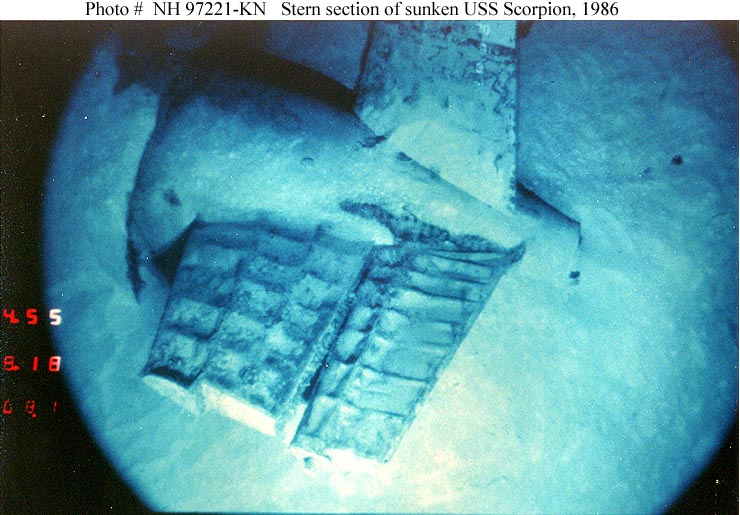
Recent reports, coinciding with the fiftieth anniversary of the incident, suggest that there was radio traffic which would support the theory that Scorpion was downed by a Soviet hunter-killer class submarine.
Petty Officer Second Class radioman Mike Hannon, who was on duty on May 23 at the Norfolk base, stated in a telephone interview that “a Soviet submarine was detected leaving the area at a high rate of speed.”
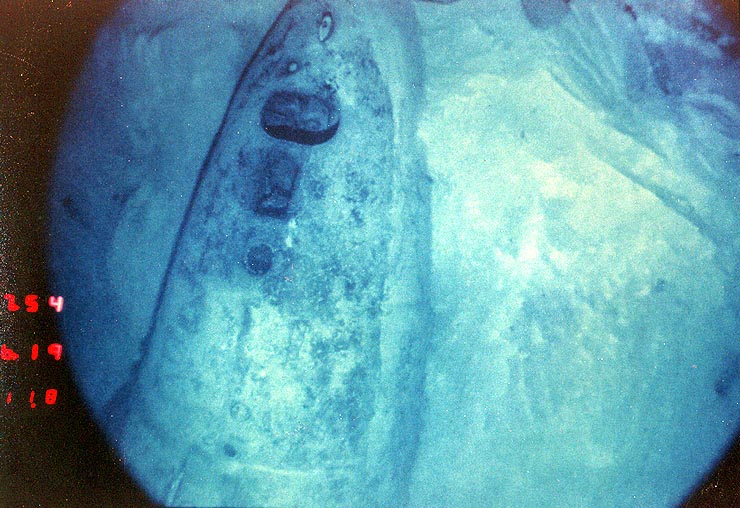
Read another story from us: Secret CIA Operation to Recover Lost Soviet Submarine
The Pentagon has neither confirmed nor denied these reports, and there has been no statement from either the US Navy or veterans’ groups regarding them.
